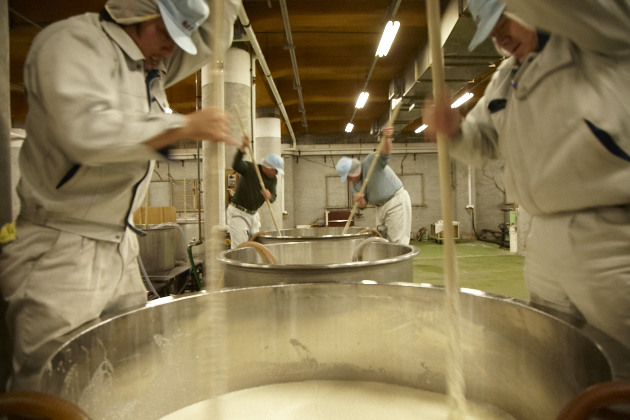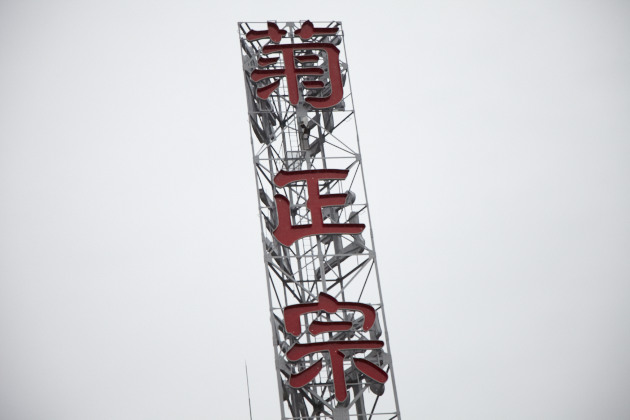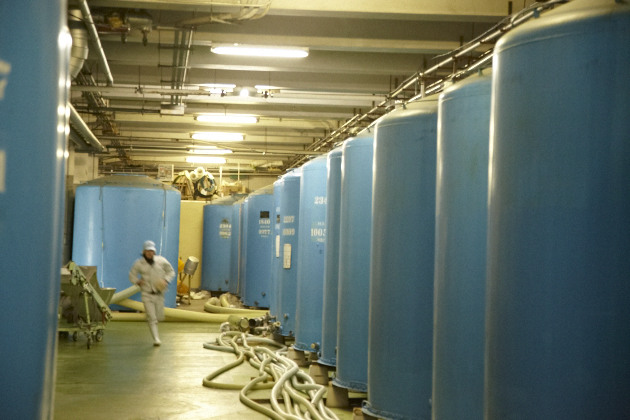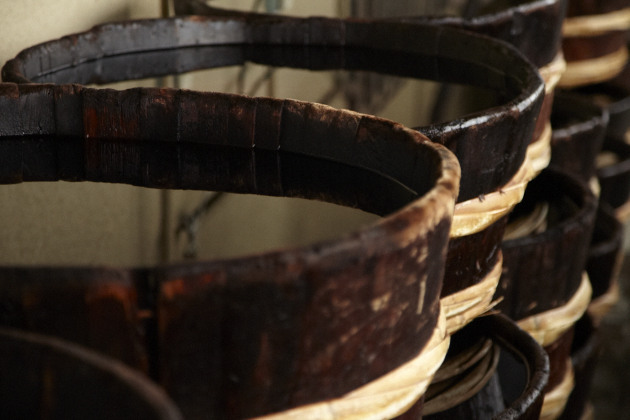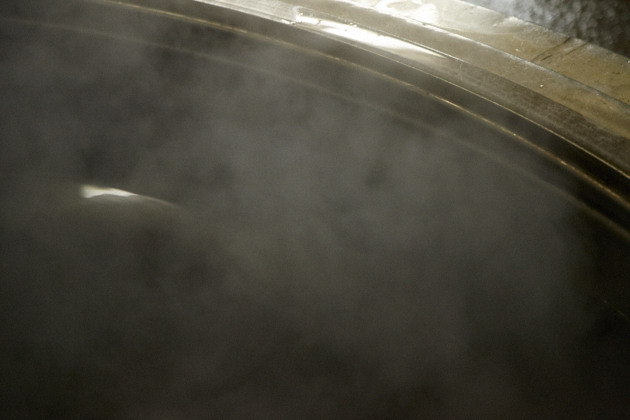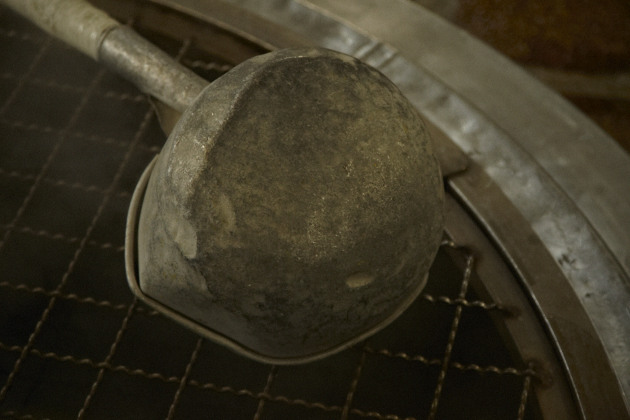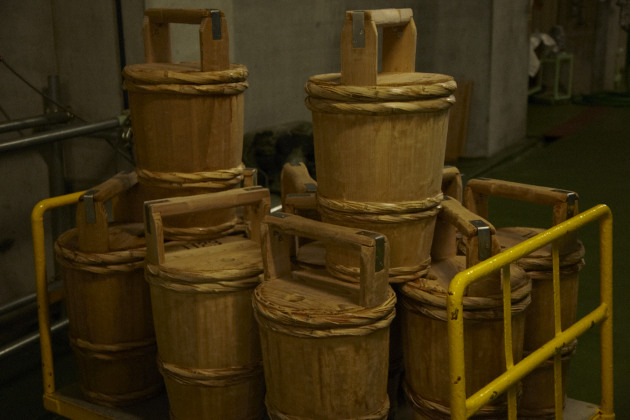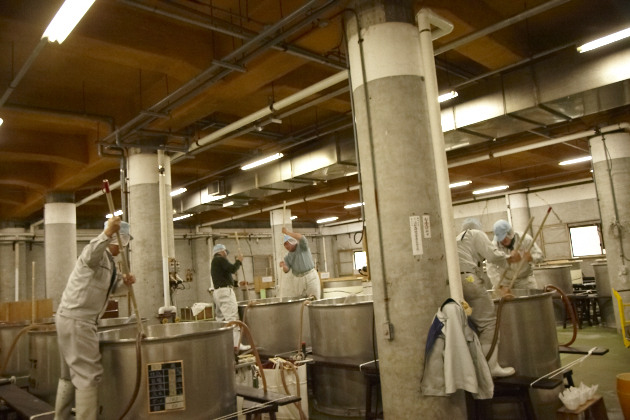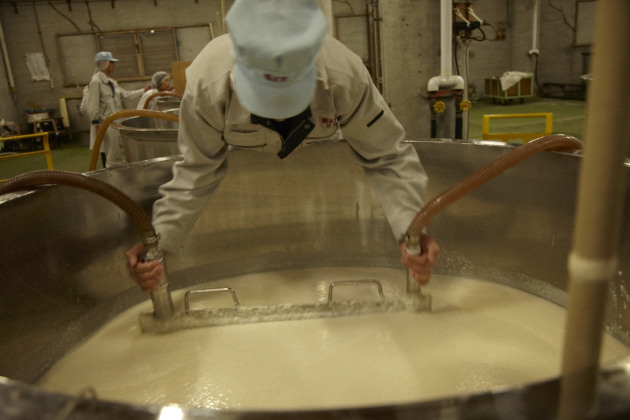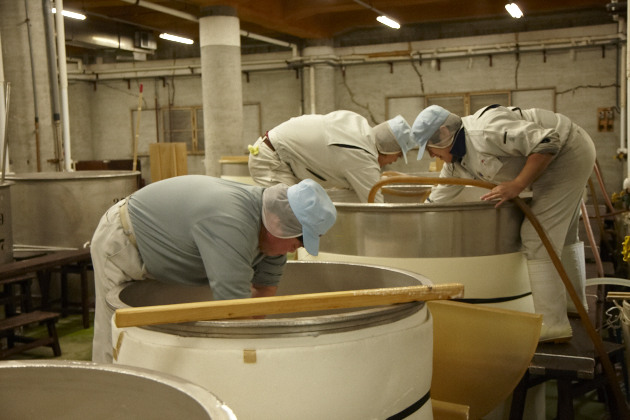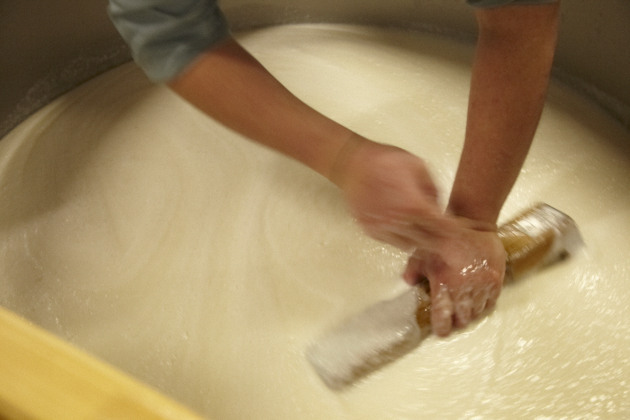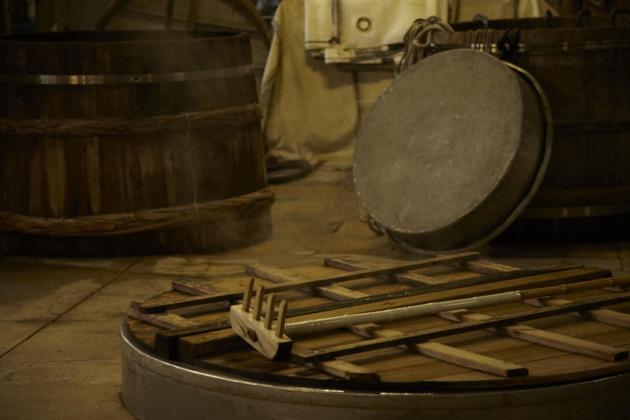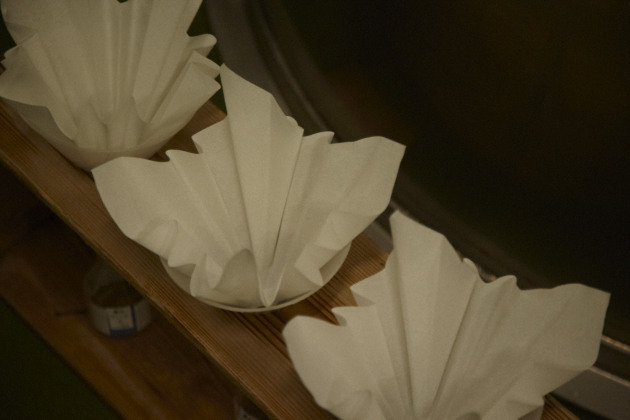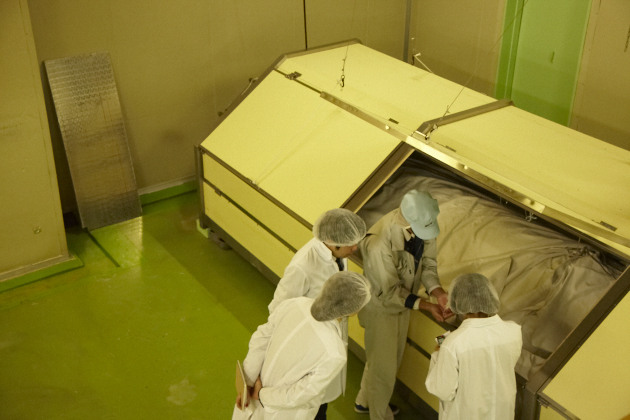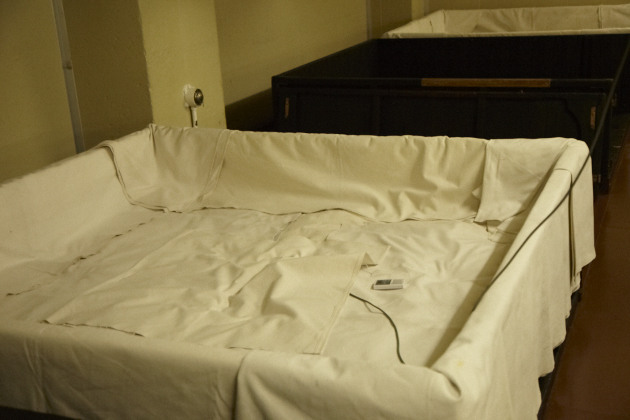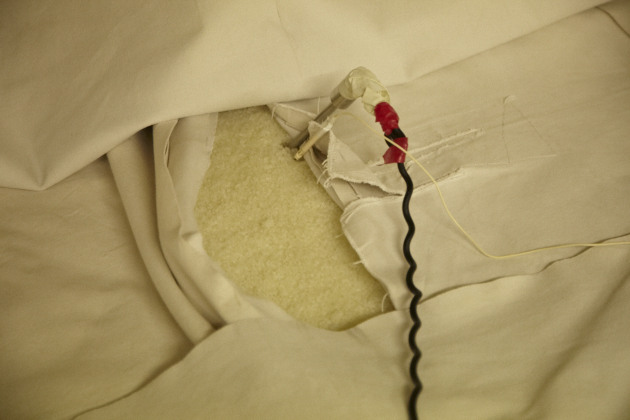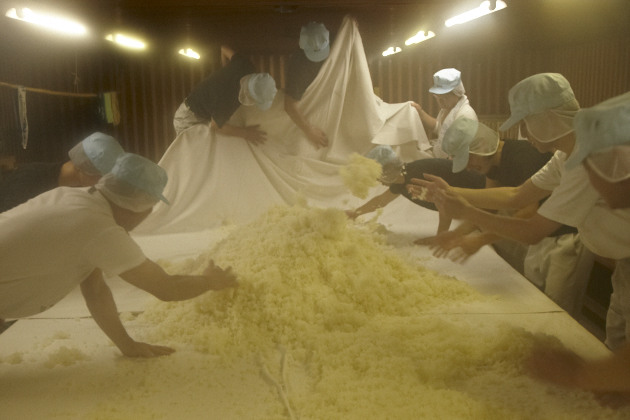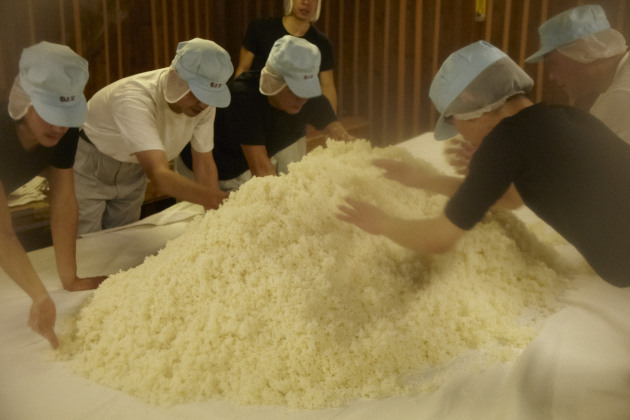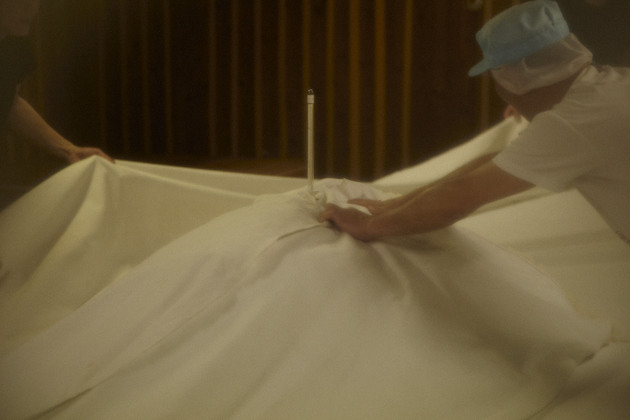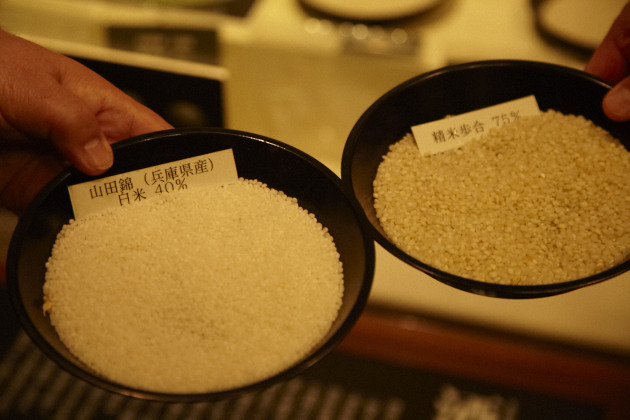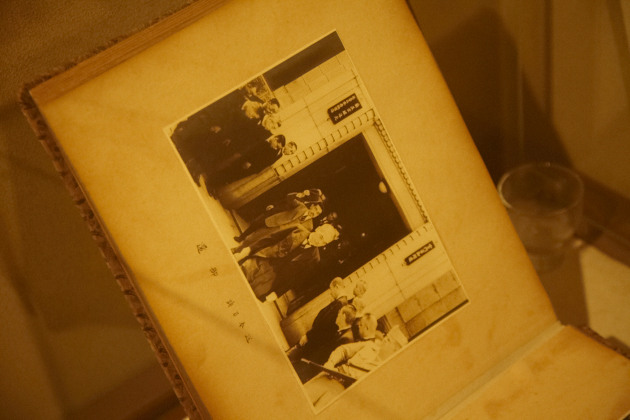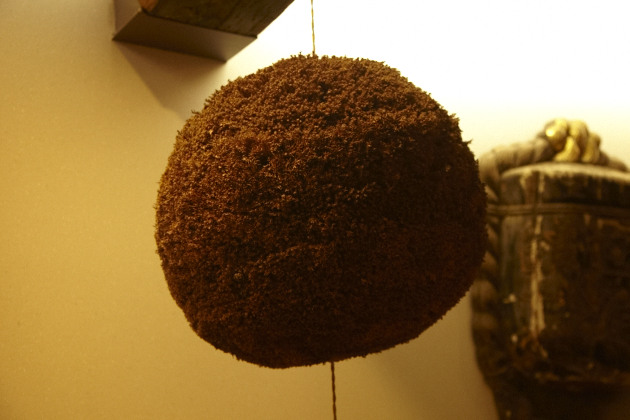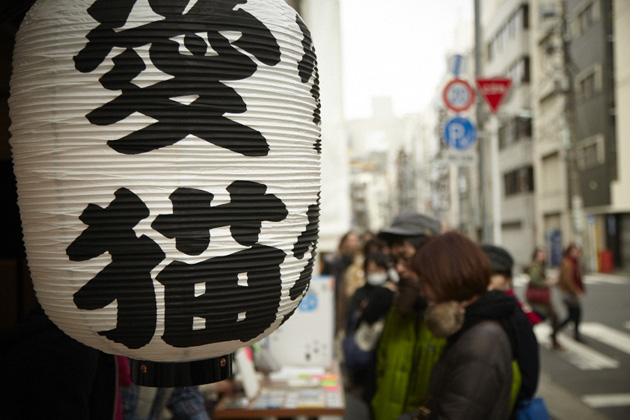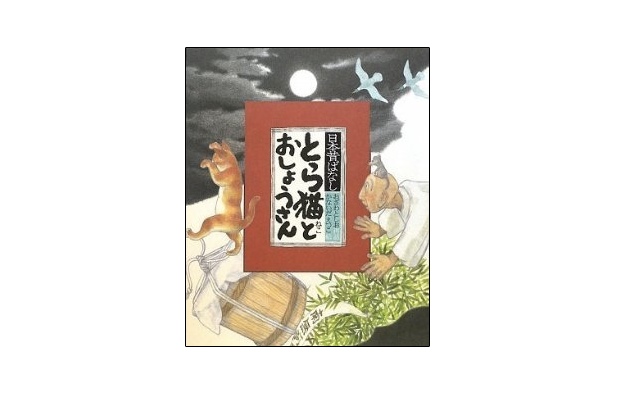'Nigorin Sour' - Sake with Lactic Bacteriumby Kiku-Masamune
Known for the adorable white cat on its packaging, 'Nigorin' is a type of sake that contains lactic bacterium. A new variety of the sake, 'Nigorin Sour', has just been released in 350 ml cans. With just 3% alcohol and a light fresh taste, this new sake is characteristically easy on the tongue. With rice as its base ingredient, Nigorin is made using the traditional 'kimoto' sake brewing process. The resulting lactic bacterium gives the sake its special sweet and sour taste. Moreover, through the fermentation of the lactic bacterium, Nigorin becomes rich in D-amino acids. The process also gives birth to a rare component called 'D-asparagine acid', which has a skin-beautifying effect. While the original 'Nigorin' sake is only available at select restaurants and bars, new 'Nigorin Sour' is available for purchase at convenience stores and other retail outlets. To get more information on where you can pick it up, please check the official Nigorin Facebook page or follow the company on twitter Twitter @kiku_nigorin .
Report from the Kiku-Masamune Brewery
The maker of Nigorin is the long-established Kiku-Masamune Brewery, which has continuously produced dry Japanese sake for over 350 years. In January of 2012, we visited Kiku-Masamune's 'Kahogura' brewery in the Nada district of Kobe City.
Just as in the past, the 'Kahogura' only brews sake in the colder seasons. During October, brewers literally move into the building and spend about half a year producing sake. The traditional process of brewing Japanese sake involves the following three-steps: 1. 'Koji' (fermenting of rice-mold mixture); 2. 'Moto' (the 'yeast mash') and 3. 'Tsukuri' (the making of 'sake'). Among these steps, the 'Moto' ('yeast mashing'), which is also known as 'Shubo', is extremely important. Most large-scale makers of sake buy commercially produced lactic acid and add it to the 'Shubo' ('yeast mash') in order to ward off decomposition. Kiku-Masamune, on the other hand, has passed down the traditional 'Kimoto-tsukuri' process that produces lactic bacterium. This, in turn, naturally prevents the decomposition of 'Shubo'. With tools such as 'hankiri taru' ('half-casks') and 'dakitaru' ('hot-air casks'), many of which have been used for over half a century, the brewers manually calibrate heat through traditional techniques that have been utilized since the Edo Period. These include 'dakisosa' (hot-air management) and 'kai-ire' ('paddling'). The result of this 'Shubo' process is Nigorin. Put simply, this liqueur is an authentically-brewed Japanese sake.
The person with the most responsibility at the brewery is 'Tamba Toji' ('head brewer') Kiyoteru Ojima. He states:
"Though we gradually try to make small improvements to the process, we fundamentally strive to follow the traditional methods that have been passed down over hundreds of years. There are small breweries that can survive by creating and selling traditional 'kimoto-tsukuri' sake. However, we are the only large-scale facility that still uses the 'kimoto-tsukuri' brewing process. Others have tried to imitate us, but they have not succeeded. If we only considered costs, we would streamline the process. There are now machines for controlling things such as taste and temperature. However, rice and 'Shubo' are living things. If you tried to control them with machines, it would no longer be 'kimoto-tsukuri'. Moreover, the heart of the Japanese sake brewing tradition would be lost. The process that is most important to me is the steaming of the rice. We polish and steam 'Yamada Nishiki' rice from Hyogo Prefecture, which is considered to Japan's best. Each year, the qualities of the rice differ. Therefore, depending on its conditions, we have to re-calibrate temperatures and processing times. If we used a lower-quality rice and thought only of streamlining our operations, we couldn't make good sake. The only way we can craft dry and delicious sake is by following traditional processes and continuing to use quality ingredients."
Visitors can experience 'Kimoto-tsukuri' and the historical processes behind Japanese sake at the 'Kiku-Masamune Kinenkan'.

